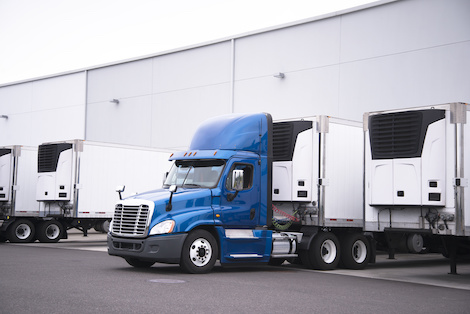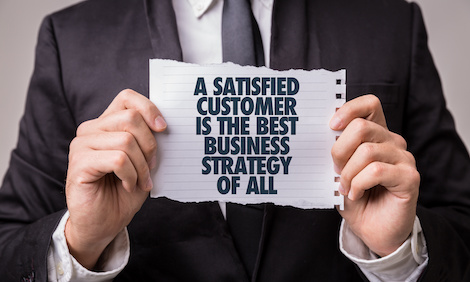


Cost: The Broker Secret That is Undermining Freight Procurement
Shippers have become accustomed to having more questions than answers when it comes to working with their broker market. However, arguably no area of the broker market is more confusing or opaque than costs and pricing. Rife with hidden fees and unclear metrics, the broker market makes it virtually impossible for shippers trying to find out what the true cost of a load is. This is obviously not only infuriating but results in significant supply chain waste that can add up quickly. The good news is, thanks to modern technology, shippers don’t need the broker market anymore. In fact, not only do they not need it anymore, but by going around the broker market and connecting directly with carriers via modern tools, shippers can save millions per year. Here are a few ways how. Understanding True Market Cost to Haul Freight It's no secret that the broker market takes advantage of both shippers and carriers by adding hefty, hidden margins. Cutting out the broker middleman removes excess cost, and results in a healthier bottom line at the end of the year. Plus, without hidden broker fees, shippers now obtain true freight market pricing, and actionable rate data to make stronger, informed freight procurement decisions. Bidding = Lower Costs By going direct to carriers with modern tools, shippers get to configure max lane rates {the highest they are willing to pay to haul a load}, and then carriers bid and set market price {based on current supply & demand} instead of having to settle for the end cost given by a broker. On-Time Delivery OTD is hugely important for both customer satisfaction and revenue....
The Importance of Customer Service Within Freight Procurement
Customer service is key to building strong relationships that sustain success in any industry, but especially in freight procurement. That said, many parties within logistics fail to exceed defined service goals. Luckily, there are tools and tactics that shippers can use to strengthen customer service from 3PL providers. Here are a few suggestions. Data Transparency For decades, freight procurement has been plagued with transparency issues. For example, freight brokers purposely hide actionable insights from shippers. Technology is breaking down these barriers and allowing customer service teams to provide advanced reporting on individual carrier activity, some even provide carrier cost per lane so shippers understand what a carrier (not the broker) wants to get paid. Detailed reports are more valuable to shippers because they provide actionable data which fuels stronger, educated decisions on how best to move freight. Communication Ongoing, proactive communication is key to customer success. But don't be fooled, high-level communications are not enough. In fact, generic reporting can cause more damage than good. Shippers are busy, so they demand more tailored communications from their logistics providers that talk specifically to their business needs, how the report/data impacts them, and what they can do as an output. Trust & Honesty Failing to meet, or exceed, customer expectations is never fun. No matter how hard customer service teams try, there will also be unplanned hiccups. It's always best to be proactive in delivering bad news so a proper course of action can be agreed upon quickly. This will help build trust amongst the customer service team and shipper. For more information on this topic, read "The Hidden Secret in Freight Procurement: Customer Service" published on DC Velocity (5/24/21)
Solving Data Interchange in Freight Procurement
Freight procurement and logistics professionals are increasingly relying on data to drive their business decisions today. However, given these spaces are traditionally slow-moving when it comes to adopting technology, organizations within these fields find themselves at varying levels of maturity when assessing their data infrastructure. Yet, whether you are a company that is already well-versed in integrating data into business intelligence decisions or a company just starting to get a data infrastructure in place, data interchange is one of the foremost data-related challenges throughout freight procurement and the broader logistics space. Luckily, however, advanced computing such as artificial intelligence (AI) and machine learning (ML), along with other sophisticated data science tools, are helping shippers become much more agile. Breaking Down Silos Much like any organization, large manufacturers who need to haul freight have information stored all over their businesses that might be helpful to make important freight procurement decisions. And while it might seem to make sense to silo this information in order to compartmentalize, in today’s modern business world having quick and easy access to a complete compilation of insights is a must to remain competitive-- especially in the supply chain. By leveraging the cloud and artificial intelligence, businesses can break down existing data silos to give freight procurement and logistics professionals unfettered access to the insights they need to make better freight management decisions. Empowering Dynamic Decision Making Once data barriers have been removed, there is still a bit of work so that freight management decision-making can be made as effective and as streamlined as possible. Today, organizations sit on top of a huge amount of data which...
